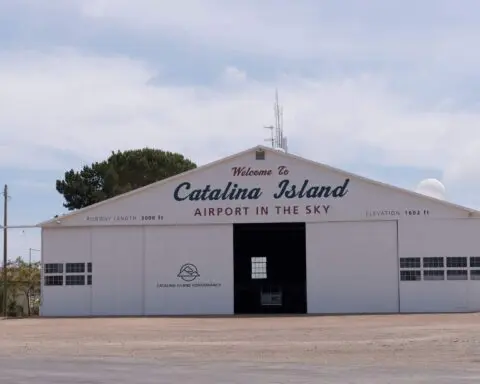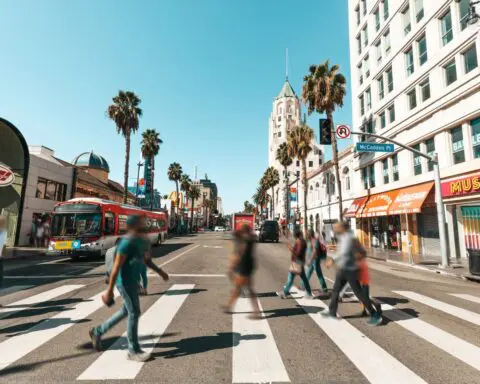The Hollywood Bowl Museum recently opened an exhibit that showcases the Bowl's history since it was built over a century ago.
"Building the Bowl: From Dream to Destination", explores into the early days of the venues and those that made it what it is today.
According to Hollywood Bowl Museum director Ljiljana Grubisic, these individuals brought diverse perspectives and sometimes conflicting visions to the project.
"The spirit of the Hollywood Bowl survived because people believe in the dream," Grubisic said. "The founders never talked about the Hollywood Bowl as just a venue. They described it as our project, our great community movement."
It all started in 1919 when its founders bought the plot of land and called themselves the Theater Arts Alliance. They picked a spot nicknamed "Daisy Dell"—it had great acoustics and was tucked away from the hustle and bustle of the city.
The Bowl's first gig was an Easter service with the LA Philharmonic in March 27,1921, but it did not officially launch until 1922.
Among those highlighted from the founders in the exhibit is Christine Wetherill Stevenson, a heiress and performer. She envisioned the Bowl as a space exclusively for religious plays, a view that clashed with other founders' ideas for more diverse programming.
This conflict led to Stevenson's departure and the dissolution of the Theater Arts Alliance. In its place, the Community Park and Arts Association was formed, setting a new direction for the venue.
"Right there, you actually have the very essence of the Hollywood Bowl as it exists right now," Grubisic explained. "It's a community park. It's an open-air venue that was built on that more democratic approach."
The exhibit also profiles Frederick W. Blanchard, the venue's first president, and Florence M. Irish, who guided the Bowl through the challenges of the Great Depression and World War II.
Grubisic says Los Angeles was changing rapidly when the Bowl first opened. The 1920s and 1930s had suburbs expanding, Hollywood taking off, and the advancement of the aviation industry.
The founders saw a need for a "community-based open-air cultural enterprise" during this period of transformation. Their varying visions for the venue's design and artistic identity shaped the Hollywood Bowl's early years and laid the foundation for its enduring success.
"Building the Bowl: From Dream to Destination" offers visitors a chance to explore these formative years and the individuals who brought the Hollywood Bowl to life. The exhibit provides insight into the challenges and triumphs that shaped one of Los Angeles' most beloved cultural institutions.

 No need to overload your cranberry sauce with sugar this holiday season − a food scientist explains how to cook with fewer added sweeteners
No need to overload your cranberry sauce with sugar this holiday season − a food scientist explains how to cook with fewer added sweeteners
 AI harm is often behind the scenes and builds over time – a legal scholar explains how the law can adapt to respond
AI harm is often behind the scenes and builds over time – a legal scholar explains how the law can adapt to respond
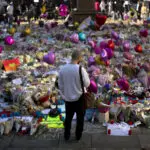 Lawsuit against UK security agency by survivors of Ariana Grande concert bombing is rejected
Lawsuit against UK security agency by survivors of Ariana Grande concert bombing is rejected
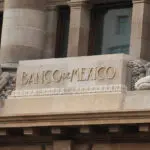 Mexico's economy up 1.1% in the third quarter
Mexico's economy up 1.1% in the third quarter
 Little hope in Gaza that arrest warrants will cool Israeli onslaught
Little hope in Gaza that arrest warrants will cool Israeli onslaught
 To some ancient Romans, gladiators were the embodiment of tyranny
To some ancient Romans, gladiators were the embodiment of tyranny
 Awkwardness can hit in any social situation – here are a philosopher’s 5 strategies to navigate it with grace
Awkwardness can hit in any social situation – here are a philosopher’s 5 strategies to navigate it with grace
 Thanksgiving grocery prices might be high. But road trip costs shouldn’t be
Thanksgiving grocery prices might be high. But road trip costs shouldn’t be
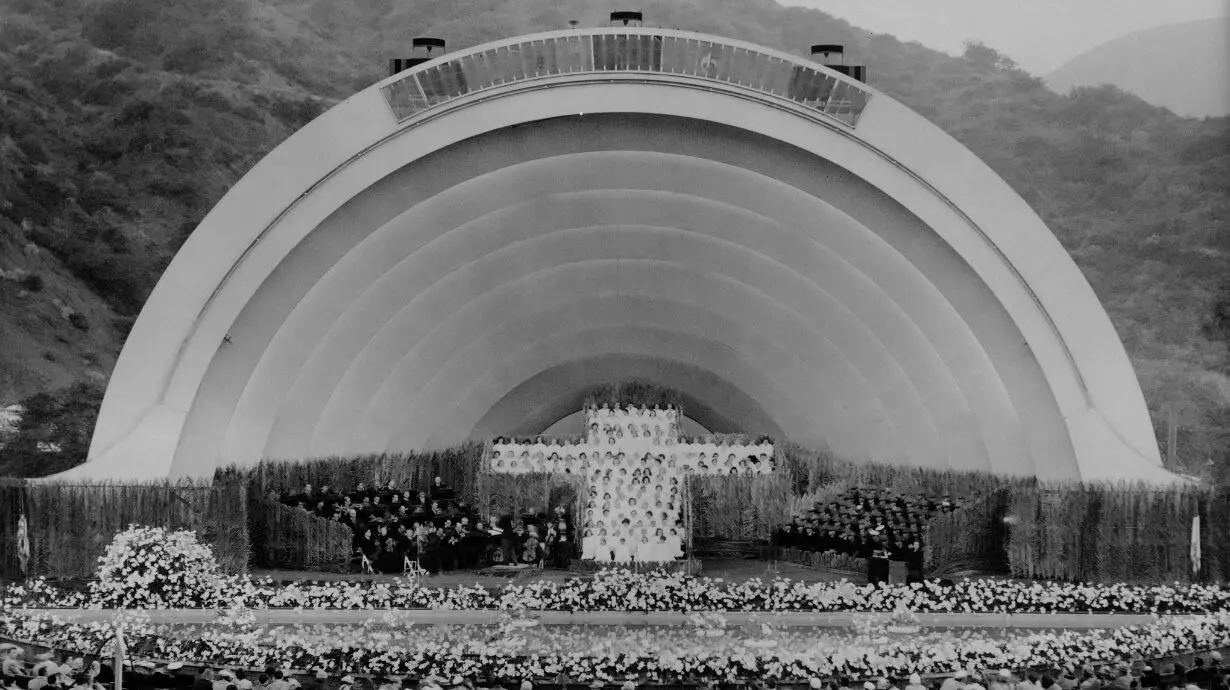 The Hollywood Bowl Museum recently opened an exhibit that showcases the Bowl's history since it was built over a century ago.
The Hollywood Bowl Museum recently opened an exhibit that showcases the Bowl's history since it was built over a century ago.